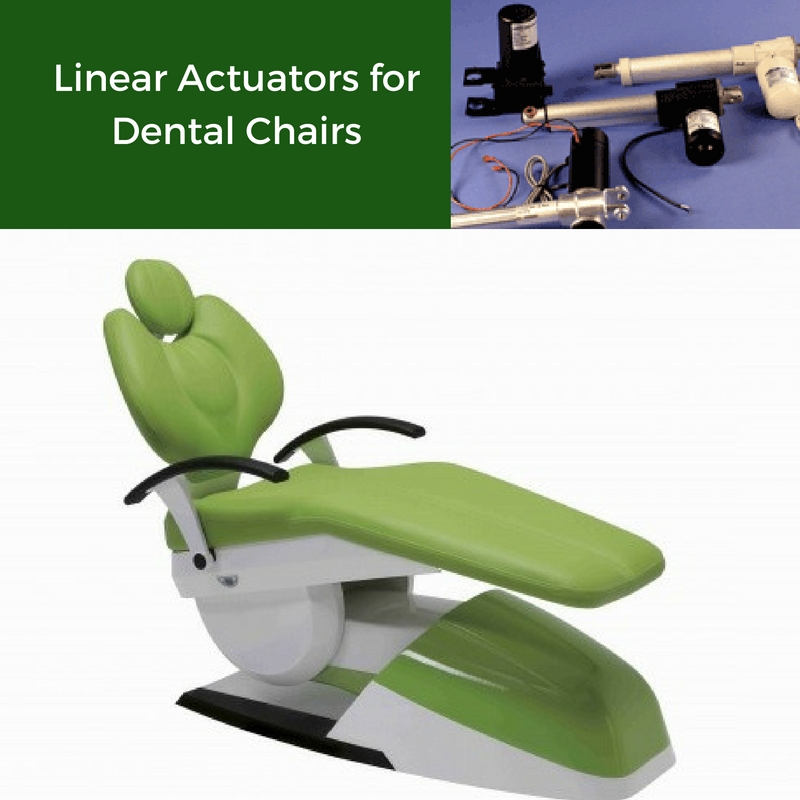Linear actuator is defined as a device, which converts energy into a straight-line motion. However, this definition broadens when used in the context of linear actuators for medical equipment and devices such as dental chairs. Linear motion actuators for dental chairs have to meet more sophisticated challenges such as force, control, and speed. Unlike other regular linear actuator applications some special considerations need to be made while selecting a linear actuator for dental chair. This post discusses five such important considerations to be made while selecting or designing actuators for a dental chair.
5 Important Factors to Consider While Designing Actuators for Dental Chairs
Following are the five important tips for designing linear actuators for dental chairs:
-
Understand the Basic Specifications:
Before starting with the actuator design, you need to understand the load, power, and control that an application requires. Apart from that, you need to consider the following basic requirements too.
- Force Requirement: How much force is required for your application to move a load in a particular direction?
- Speed: How fast your actuator should move?
- Duty Cycle: What is the frequency of actuator operation, and what is the elapse between two strokes.
- Energy Source: How your actuator will be powered? Will it be powered by an electric motor, mechanical, pneumatic, or hydraulic source?
- Environmental Factors: In which environment will the actuator be operated? How much moisture, temperature, and vibrations it may encounter?
-
Consider Various Application Options:
After understanding the basic specifications, you need to consider various application options. These may include:
- How the actuator will be mounted within the dental chair?
- Is the actuator safe to use?
- Is the actuator going to be used in a limited space?
- Is the actuator going to be driven by an electric motor? If so, what will be the voltage?
-
Consider Power Needs:
Although power requirements of the dental chair should be the primary consideration in your specification phase, still you need to give it a serious thought. Once you know the force required by your application, you can easily calculate the electrical power needed to produce the required mechanical power.
-
Consider Duty Cycle:
You have already considered it as one of the primary requirements along with other factors. However, the actuator may entirely fail due to improperly considered duty cycle limits. The duty cycle is a key factor for heat production and dissipation in a linear actuator.
-
Think about Efficiency and Performance:
Efficiency and performance of an actuator will depend on all above considerations. This is also the time when you can try out some permutations and combinations of components to ensure maximum efficiency, and lasting performance of dental chairs.
Learn more on this topic in our related blog – Why are Actuators Important in Dental Chairs?
You can always purchase your actuators from reliable linear actuator manufacturers such as Venture Mfg. The organization provides various types of medical actuators, which are customized keeping the above-mentioned factors in mind. You can always get in touch with Venture Mfg.’s knowledgeable experts to understand how a particular linear actuator will contribute to your dental chair performance.

